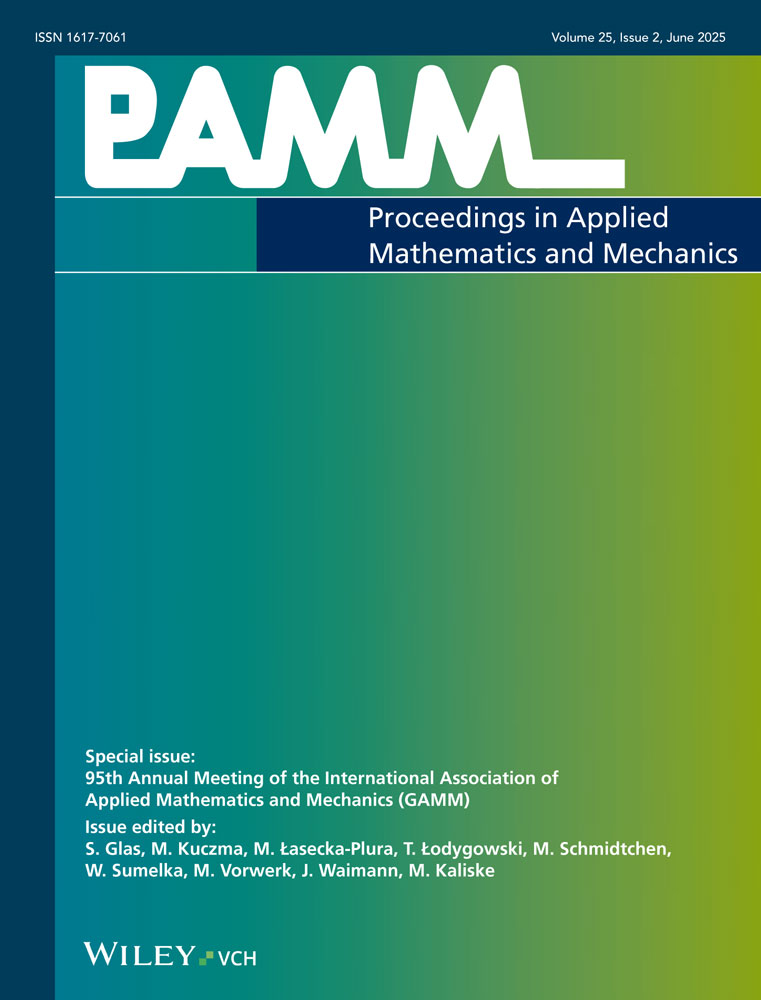Viscoelastic effects and shrinkage as accompanying phenomena of the curing of polymers. Single- and multiscale effects
Abstract
The contribution deals with the modeling of two phenomena that are characteristic of the curing of polymers, namely the increasing viscosity and the volume decrease known as autogeneous shrinkage. Both of these processes are caused by the crosslinking of polymer chains during polymerization. In order to model the viscoelastic effects, the free energy consisting of an equilibrium and a non-equilibrium part is proposed. The former is related to the elastic processes and depends on total deformations. The latter is caused by the viscoelastic effects and only depends on the elastic part of deformations. In order to avoid volume locking effects typical of isochoric materials, both parts of the free energy density are furthermore split into a volumetric and a deviatoric part. A multifield description depending on the displacements, volume change and hydrostatic pressure is introduced as well. Different from the viscous process, the modeling of shrinkage effects does not require a new assumption for the free energy but a split of the total deformation gradient into a shrinkage and a mechanical part. The model suitable for simulating both of the mentioned phenomena is implemented in the single- and multiscale FE program. (© 2012 Wiley-VCH Verlag GmbH & Co. KGaA, Weinheim)




